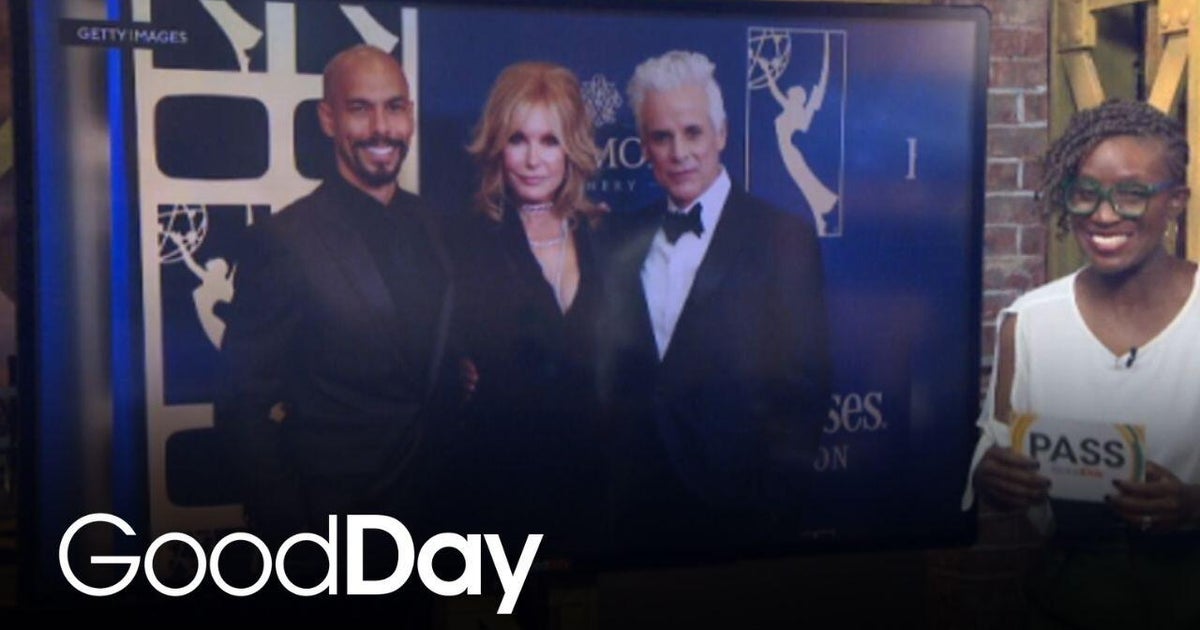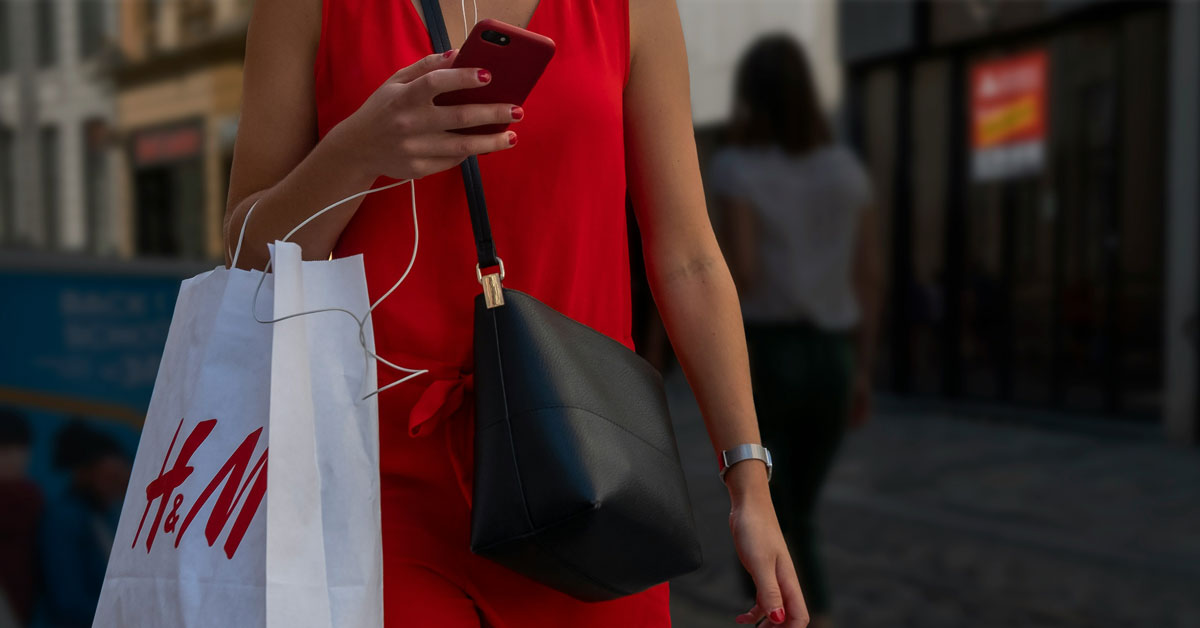We have a saying around her at Frock Flicks that certain mid-Victorian women’s clothing periods are the Death of Fashion — mostly the 1840s and the 1850s. Go read my Snark Week post about why! The gist is that the clothes tend to be really frumpy, dowdy, and boring to us. You may love it, cool, but this is our blog, our opinions 😉
Still, we can make exceptions, and I can find a few frock flick fashions from this period that I enjoy, if grudgingly. At least five of them!
I haven’t seen this movie and can’t find it on streaming. It’s just Camille by Dumas, so the story is probably depressing as hell. But LOOKIT THESE GOWNS BY PIERO TOSI!!! Holy fuck, that man could make anything look fantastically good. Doesn’t hurt that the gorgeous Isabelle Huppert is wearing these in the movie, but just the costumes on display are fantastic. Lucious trimming and exquisite tailoring really elevate the usually mundane style of this period.


How do you make 1840s fabulous? Plaid. I could probably fill this whole top 5 with plaid frocks from the 1840s, but I’m making it harder for myself and including just one plaid costume and one you might not have seen or remember. And it’s the only interesting costume in this otherwise nice but forgettable try-at-a-twist on ye olde Dickens Christmas story. Worn by Morfydd Clark as the writer’s wife, this dress and all the costumes were designed by Leonie Prendergast, whose other frock claim to fame is Ripper Street.

Bronte novels onscreen tend to be set in the 1830s and ’40s, really leaning into the death of fashion, especially with ‘plain’ Jane Eyre. This adaptation was purposefully set in the 1840s by director Cary Fukunaga because he didn’t like ’30s fashions, so costume designer Michael O’Connor obliged. Never mind my own literary nitpick that the story should be set in the 1810s. Anyway, if you’re going to do 1840s, do it in stripes!

Did I mention plaid? Yeah, can’t help it, plaid really work in this era! Take a look at the lovely pink plaid on Marie Ste. Marie (Nicole Lyn). The pleated bertha collars of this period look particularly fabulous when made in plaid (or stripes!). Costume designers Jeannie Flynn and Van Broughton Ramsey were nominated for an Emmy award for this work.
And finally, let’s hear it for the boys! The 1830s had a more exaggerated silhouette for both men and women, but it stuck around in menswear with a nipped-in waist and flared coat skirting. This isn’t shown too often on film, but costume designer Adrian gives the character of Armand Duval (Robert Taylor) a touch of this elegant fashion.

Do you consider the 1840s the Death of Fashion or not?






